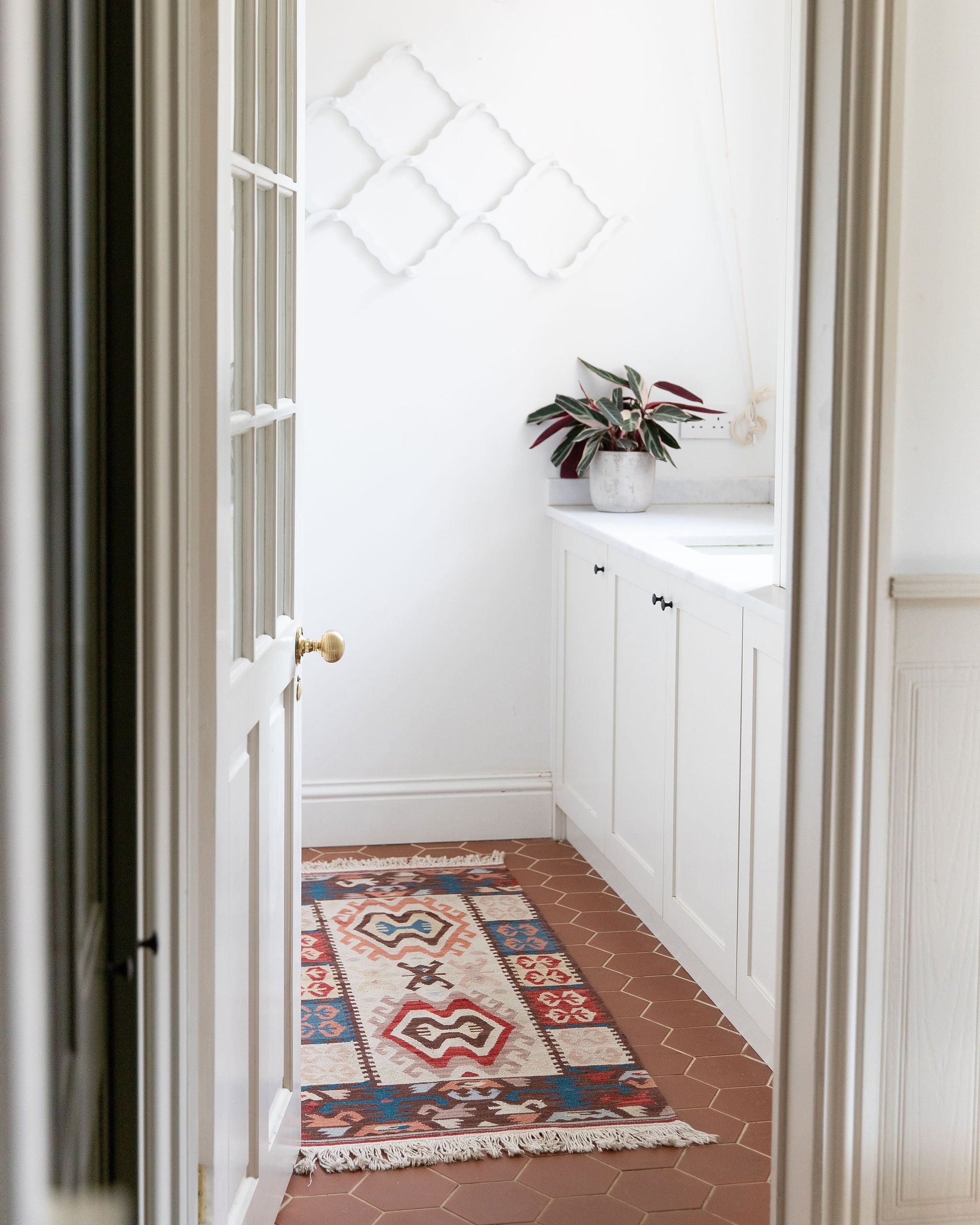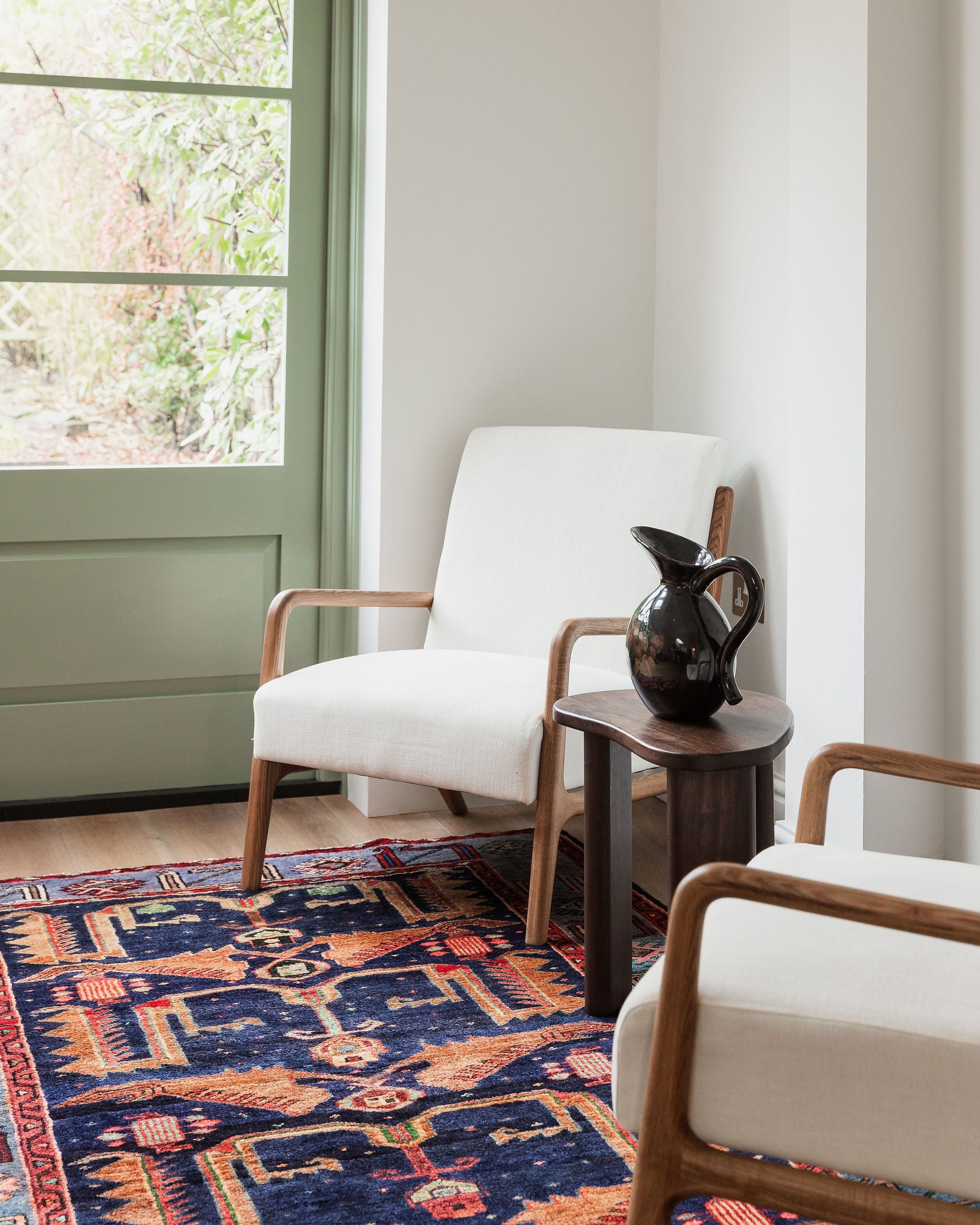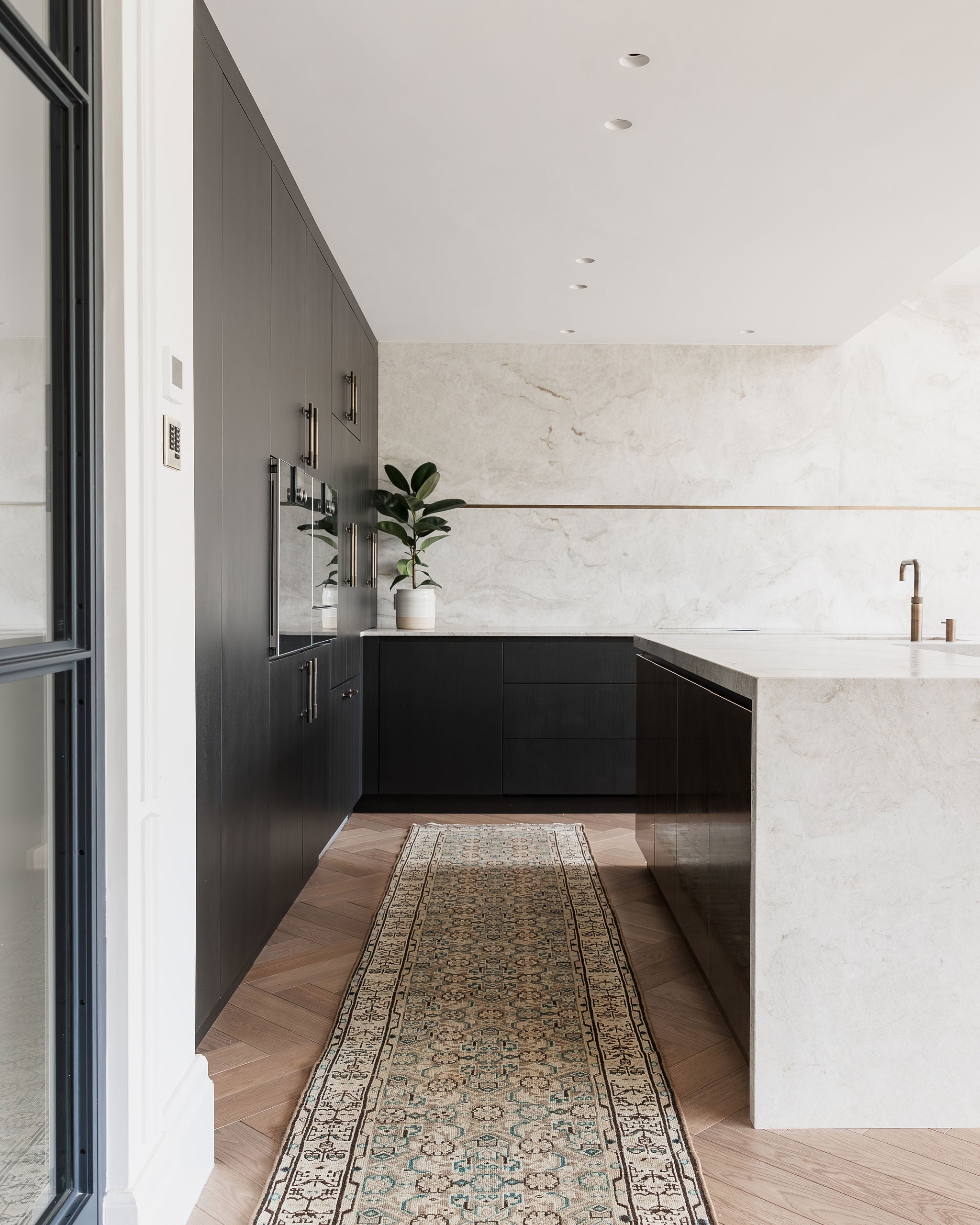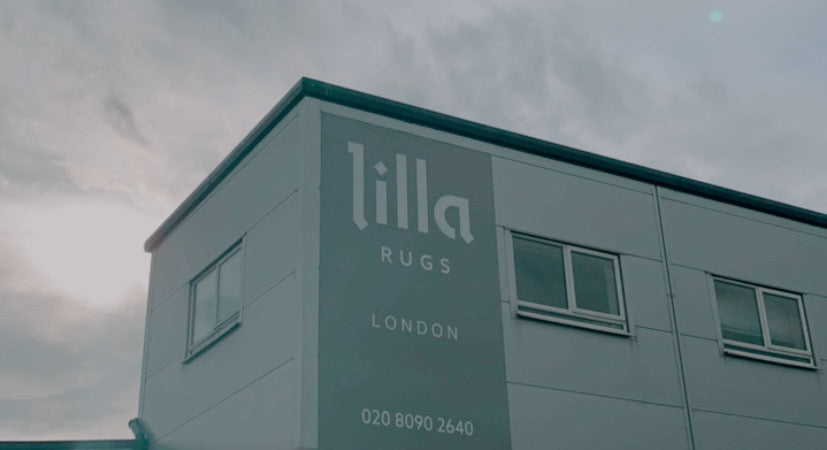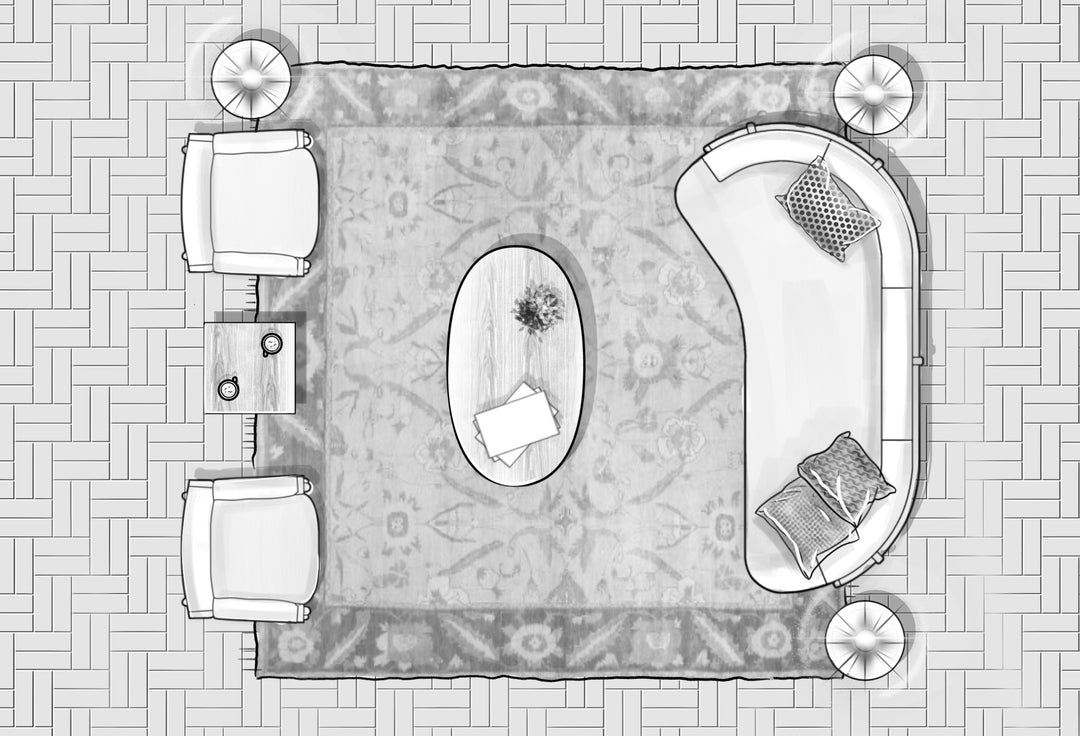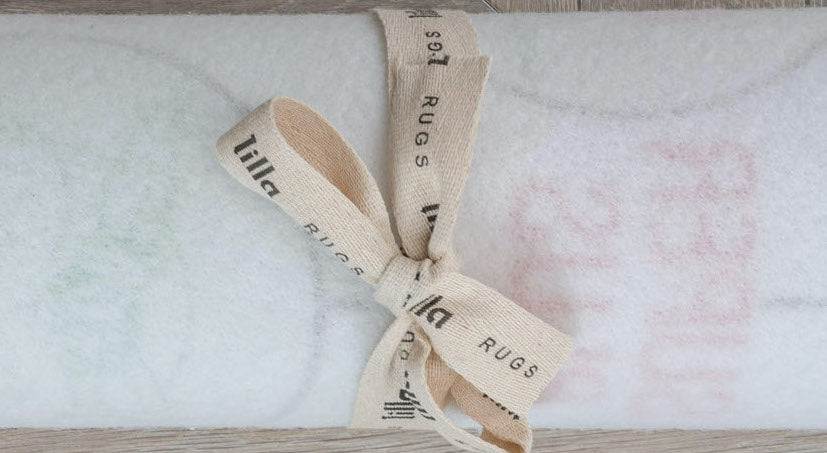6 Persian Rug Myths Debunked
Imagine walking into a room adorned with a luxurious Persian rug—rich colours, intricate patterns, a testament to timeless craftsmanship. Yet, despite their allure, Persian rugs often come with misconceptions that cloud their true beauty and value. Let's unravel these myths and discover the truth behind these cultural treasures.
Myth 1: Persian Rugs Are Always Expensive
While some Persian rugs can fetch high prices due to their quality and craftsmanship, not all are exorbitantly priced. Factors like size, materials used (wool, silk, cotton), knot density, and complexity of design greatly influence the cost. There are affordable options available, especially among newer productions, smaller-sized rugs and flatware rugs.

Myth 2: All Persian Rugs Are Antique
While antique Persian rugs hold significant historical and cultural value, modern productions also thrive. Skilled artisans continue to weave Persian rugs using traditional methods passed down through generations. These newer rugs blend timeless techniques with contemporary designs, catering to diverse tastes and needs.
Myth 3: All Persian Rugs Are Handmade
Authentic Persian rugs are traditionally handmade, crafted meticulously by skilled weavers. However, there are machine-made rugs labeled as "Persian-style" or "Oriental-style." To distinguish between handmade and machine-made, examine details like knotting patterns, fringe, and material consistency.
Myth 4: Persian Rugs Are High Maintenance
While Persian rugs require care to preserve their beauty and longevity, they are not excessively high maintenance. Regular vacuuming (with a low-power setting), rotating the rug to balance wear, and occasional professional cleaning suffice for maintenance. Proper care enhances their durability and maintains their aesthetic appeal.
Myth 5: Persian Rugs Have Identical Designs and Patterns
Persian rugs are rich in diversity, reflecting regional styles, tribal influences, and historical contexts. Designs vary widely—some feature floral motifs, geometric patterns, or intricate medallions. Popular regional styles include Tabriz, Kashan, and Isfahan, each with distinct characteristics that make them unique.

Rugs (left to right): OLIVE, CARO, LULA
Myth 6: Persian Rugs Only Suit Traditional Decor
Persian rugs are versatile, complementing various interior styles beyond traditional decor. They add warmth and character to modern, minimalist, eclectic, and even industrial aesthetics. By carefully choosing colors and patterns, Persian rugs can anchor a room's design while adding cultural richness and visual interest.
Persian rugs are not just floor coverings; they are pieces of art that tell stories of craftsmanship, culture, and heritage. By debunking these myths, we uncover the true essence of Persian rugs—timeless beauty, versatility, and craftsmanship that transcend generations.
Explore our collection of Persian rugs to experience firsthand their beauty and craftsmanship.


